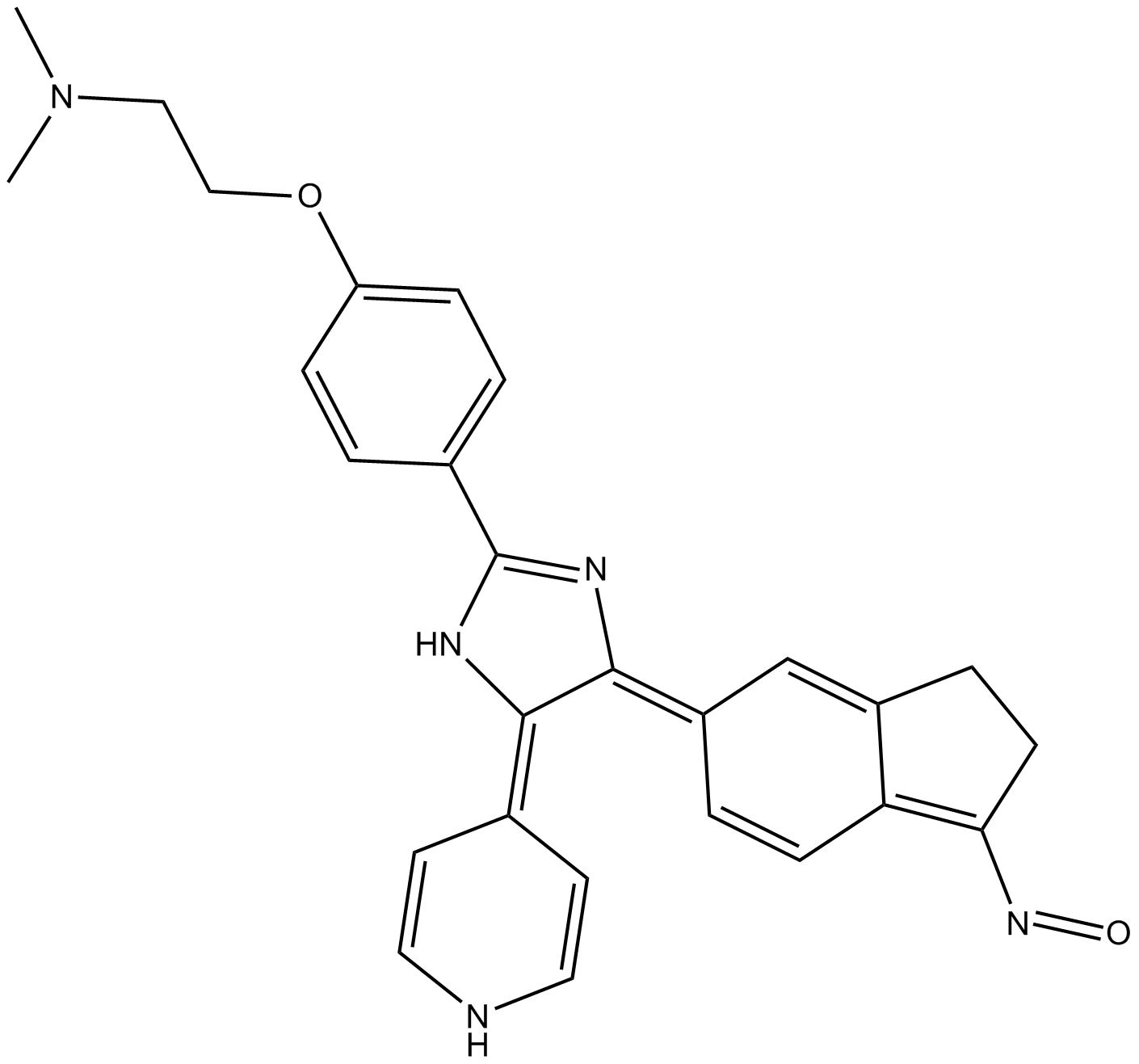Archives
We also found clear differences in the
We also found clear differences in the amount of stress fibers between the perivascular derivatives. Abundant stress fibers were found in con-vSMCs located throughout the entire cell body. While hiPSC syn-vSMCs had fewer stress fibers, pericyte derivatives demonstrated the lowest levels of stress fibers per cell and had stress fibers located at the basal lateral surface. All perivascular cells expressed α-SMA in similar levels while calponin was found to be highly expressed in hiPSC pericytes, suggesting that this typical early vSMC marker may also be helpful to identify pericytes. Our findings also indicate that SMMHC is a distinctive marker for con-vSMCs. Upregulated expression and stress fiber organization of SMMHC were observed in hiPSC con-vSMCs. The markers NG2 (or CSPG4) and PDGFRβ are widely utilized to identify pericytes; however, vSMCs also express these markers, making it difficult to distinguish which cell type is actually represented (Murfee et al., 2005). NG2 has been observed to be expressed by both pericytes and vSMCs in erbb2 inhibitor and capillaries, but not beyond postcapillaries (along venules), in rats (Murfee et al., 2005). Here, we showed that con-vSMCs can be distinguished from pericytes and syn-vSMCs by colocalization of NG2 with stress fibers.
Pericytes and vSMCs have been known to express the gelatinases MMP2 and MMP9 needed to degrade basement membranes during vessel remodeling (Candelario-Jalil et al., 2009; Newby, 2006; Virgintino et al., 2007). Accordingly, in vitro, hiPSC syn-vSMCs expressed MMP2 and MMP9, corresponding to previous observations that this phenotype is associated with vessel remodeling, which includes ECM degradation. The expression of MMP2 and MMP9 in hiPSC pericytes coincided with pericytes’ close contact with basement membranes of vessels. A membrane-associated MMP, MMP14, was more greatly expressed by derived pericytes compared to control placental pericytes. MMP14 is known for its ability to degrade various ECM proteins; thus, we had expected that control pericytes would express this MMP type more greatly given the abundance of these ECM proteins  in microvessels and capillaries. We suspect the discrepancy may be due to a loss of this site-specific feature due to in vitro culture of harvested pericytes, emphasizing the advantages of derived perivascular cell types over primary cells.
Not surprisingly, only hiPSC-derived pericytes had the potential to differentiate to mesenchymal lineages, including adipogenic and osteogenic, while neither hiPSC nor vSMC types could differentiate. In vivo, all transplanted perivascular cells aligned next to the host vasculature, with both pericytes and con-vSMCs occasionally wrapping the microvasculature. These differences correlated with in vivo phenotypes of these various perivascular cell types; both pericytes and con-vSMCs support vasculature in vivo and are thus closely associated with the endothelial lining, providing support. Syn-vSMCs, alternatively, are known for their role in remodeling vasculature. Differences in cellular mechanics may also be used to distinguish among the three different perivascular cell types. hiPSC syn-vSMCs were able migrate in response to wounding and invade through ECM toward ECs, whereas hiPSC con-vSMCs were not. Interestingly, while the hiPSC pericytes migrated in response to wounding, they failed to invade through ECM toward ECs, indicative of their short-distance migratory nature. This result coincides with the fact that pericytes have a close spatial relation to ECs in vessels (Díaz-Flores et al., 2009).
Finally, hiPSC con-vSMCs can be characterized by their elevated cellular contractility (as demonstrated by both carbachol treatment and increased expression of contractile protein [caldesmon]), while hiPSC syn-vSMCs are characterized by increased speed, migration, and invasion. These results are in agreement with previous observations that vSMCs switch to a synthetic phenotype in the body in response to injury to aid in tissue repa
in microvessels and capillaries. We suspect the discrepancy may be due to a loss of this site-specific feature due to in vitro culture of harvested pericytes, emphasizing the advantages of derived perivascular cell types over primary cells.
Not surprisingly, only hiPSC-derived pericytes had the potential to differentiate to mesenchymal lineages, including adipogenic and osteogenic, while neither hiPSC nor vSMC types could differentiate. In vivo, all transplanted perivascular cells aligned next to the host vasculature, with both pericytes and con-vSMCs occasionally wrapping the microvasculature. These differences correlated with in vivo phenotypes of these various perivascular cell types; both pericytes and con-vSMCs support vasculature in vivo and are thus closely associated with the endothelial lining, providing support. Syn-vSMCs, alternatively, are known for their role in remodeling vasculature. Differences in cellular mechanics may also be used to distinguish among the three different perivascular cell types. hiPSC syn-vSMCs were able migrate in response to wounding and invade through ECM toward ECs, whereas hiPSC con-vSMCs were not. Interestingly, while the hiPSC pericytes migrated in response to wounding, they failed to invade through ECM toward ECs, indicative of their short-distance migratory nature. This result coincides with the fact that pericytes have a close spatial relation to ECs in vessels (Díaz-Flores et al., 2009).
Finally, hiPSC con-vSMCs can be characterized by their elevated cellular contractility (as demonstrated by both carbachol treatment and increased expression of contractile protein [caldesmon]), while hiPSC syn-vSMCs are characterized by increased speed, migration, and invasion. These results are in agreement with previous observations that vSMCs switch to a synthetic phenotype in the body in response to injury to aid in tissue repa ir (Louis and Zahradka, 2010).
ir (Louis and Zahradka, 2010).